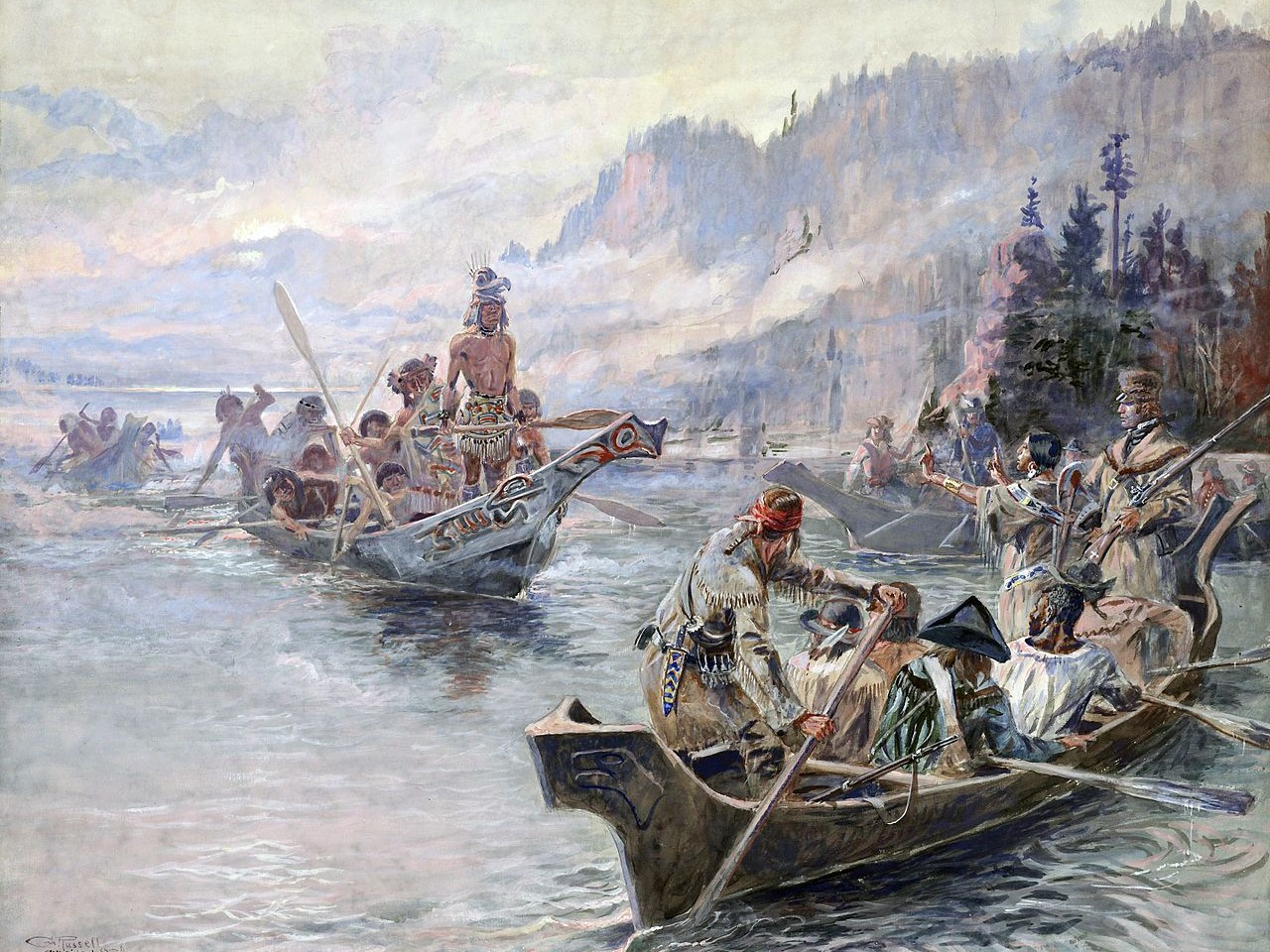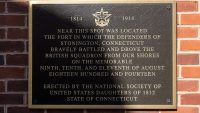Westward expansion refers to the period of American history during the 19th century when settlers migrated westward across the North American continent, pushing the boundaries of the United States ever farther toward the Pacific Ocean. This era was characterized by the exploration, settlement, and development of vast territories previously inhabited by Native American tribes and claimed by other nations. The westward movement was fueled by a variety of factors, including economic opportunities, the desire for land ownership, and the belief in the ideology of Manifest Destiny, which held that it was the destiny of the United States to expand its territory across the continent.
The Louisiana Purchase of 1803 marked a significant turning point in westward expansion, effectively doubling the size of the United States overnight and opening up vast new territories for settlement. Following the Louisiana Purchase, explorers such as Lewis and Clark embarked on expeditions to survey the newly acquired lands and establish routes for future settlement and trade. The Oregon Trail, California Trail, and other overland routes became major arteries for migration as pioneers sought new opportunities in the West.
Westward expansion had profound consequences for Native American tribes, many of whom were displaced from their ancestral lands and forced to relocate to reservations. Conflicts between settlers and Native Americans over land rights, resources, and cultural differences often erupted into violence, leading to a series of devastating wars and treaties that reshaped the landscape of the American West. Despite the challenges and conflicts associated with westward expansion, it ultimately transformed the United States into a continental power and laid the groundwork for the development of a diverse and dynamic nation stretching from coast to coast.

If you are interested to know more about westward expansion, it’s surely a good idea to look at these 10 interesting facts about westward expansion.
- Lewis and Clark Expedition : The Lewis and Clark Expedition, also known as the Corps of Discovery Expedition, was commissioned by President Thomas Jefferson in 1803 to explore the newly acquired Louisiana Territory and find a route to the Pacific Ocean.
- Oregon Trail : The Oregon Trail was one of the main overland migration routes used by pioneers during the 19th century. It stretched approximately 2,170 miles from Missouri to Oregon’s Willamette Valley, crossing through several states, including Kansas, Nebraska, Wyoming, and Idaho.
- California Gold Rush : The discovery of gold at Sutter’s Mill in 1848 sparked the California Gold Rush, attracting hundreds of thousands of prospectors from around the world to seek their fortunes in the California foothills.
- Manifest Destiny : Manifest Destiny was the belief that it was the destiny of the United States to expand its territory across the North American continent, from the Atlantic to the Pacific Ocean.
- Transcontinental Railroad : The completion of the First Transcontinental Railroad in 1869 connected the eastern and western United States by rail for the first time, revolutionizing transportation and facilitating further westward expansion.
- Homestead Act : The Homestead Act of 1862 encouraged settlement of the western United States by offering 160 acres of public land to homesteaders who agreed to live on and cultivate the land for a period of five years.
- Donner Party : The Donner Party was a group of American pioneers who became trapped in the Sierra Nevada mountains during the winter of 1846-1847. Their ordeal, marked by starvation, cannibalism, and death, became one of the most infamous tragedies of westward migration.
- Mormon Migration : The Mormon migration to the Salt Lake Valley in present-day Utah, led by Brigham Young, began in 1846 and marked the establishment of the first permanent settlement in the Great Basin region.
- Oregon Treaty : The Oregon Treaty of 1846 established the border between the United States and British North America (Canada) at the 49th parallel, securing American control over the Oregon Territory up to the Pacific coast.
- Battle of the Alamo : The Battle of the Alamo, fought in 1836 during the Texas Revolution, became a symbol of resistance to Mexican rule and inspired many Americans to join the cause of Texas independence.
Westward expansion stands as a defining chapter in the history of the United States, shaping the nation’s identity, landscape, and destiny. From the Louisiana Purchase to the California Gold Rush, the westward movement symbolizes the American spirit of exploration, adventure, and opportunity. Yet, it also carries with it the complex legacy of displacement, conflict, and cultural exchange between settlers and indigenous peoples. As pioneers ventured across the vast expanse of the continent, they transformed the wilderness into thriving communities, cities, and states, laying the foundation for the growth and prosperity of the nation. Westward expansion remains a testament to the resilience, ambition, and diversity of the American people, embodying the enduring pursuit of the American Dream and the promise of a brighter future on the horizon.



